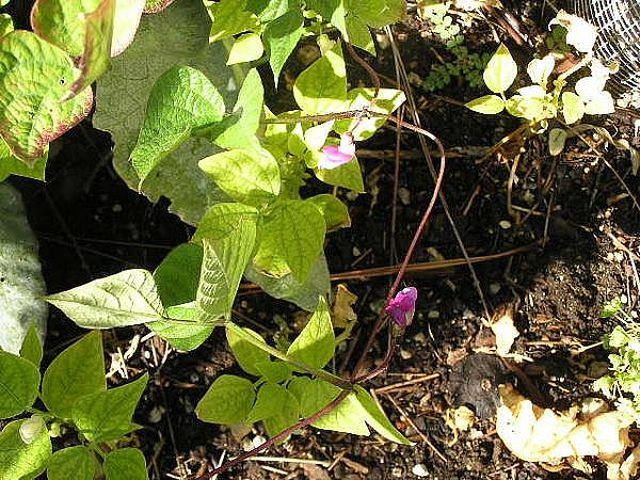Bulbs
Flower Basics
Flower Beds & Specialty Gardens
Flower Garden
Garden Furniture
Garden Gnomes
Garden Seeds
Garden Sheds
Garden Statues
Garden Tools & Supplies
Gardening Basics
Green & Organic
Groundcovers & Vines
Growing Annuals
Growing Basil
Growing Beans
Growing Berries
Growing Blueberries
Growing Cactus
Growing Corn
Growing Cotton
Growing Edibles
Growing Flowers
Growing Garlic
Growing Grapes
Growing Grass
Growing Herbs
Growing Jasmine
Growing Mint
Growing Mushrooms
Orchids
Growing Peanuts
Growing Perennials
Growing Plants
Growing Rosemary
Growing Roses
Growing Strawberries
Growing Sunflowers
Growing Thyme
Growing Tomatoes
Growing Tulips
Growing Vegetables
Herb Basics
Herb Garden
Indoor Growing
Landscaping Basics
Landscaping Patios
Landscaping Plants
Landscaping Shrubs
Landscaping Trees
Landscaping Walks & Pathways
Lawn Basics
Lawn Maintenance
Lawn Mowers
Lawn Ornaments
Lawn Planting
Lawn Tools
Outdoor Growing
Overall Landscape Planning
Pests, Weeds & Problems
Plant Basics
Rock Garden
Rose Garden
Shrubs
Soil
Specialty Gardens
Trees
Vegetable Garden
Yard Maintenance
How to Build a Trellis for Beans
How to Build a Trellis for Beans. Beans are not only tasty and ornamental vegetables to grow, you can make growing them more fun by building supports. A bean trellis can be a project for the whole family. Here are some ideas for how to build a trellis for beans.

Beans are not only tasty and ornamental vegetables to grow, you can make growing them more fun by building supports. A bean trellis can be a project for the whole family. Here are some ideas for how to build a trellis for beans.
Beans come in regular bush varieties and runner or climbing beans. The runner or climbing beans can stretch from 4 feet to 10 feet in height, twining around supports. If you create vertical shapes for the climbers to wrap around they'll grow taller and stronger and the beans can hang loosely for easy picking.
One way to build a support or trellis is to make your own wall for your beans to climb on. You can use a piece of lattice that the plants will weave up, or build an artistic construction with pieces of wood or sticks. Make a frame and fill it with flat branches, vertical string or rope. Whether you offer straight poles, criss-crossed sticks or a ladder arrangement is up to you. Your wall can be straight up or slanted. The angled wall will allow the beans to hang directly down under the frame making them easy to pick.
A lighter wall technique uses a traditional, simple wooden frame with strings that hang down to the ground in stripes from the upper crossbeam. Twiners will grab the strings and pull themselves up. You can use colored ropes for a decorative touch.
You can also build a teepee type of structure with wood, bamboo, metal or plastic poles. These tall pyramids allow you to grow multiple plants, one at the base of each pole which will form a covered shape as they grow together. The beans are likely to hang down inside the teepee, growing straighter with the pull of gravity as they dangle down.
Recycle old decorative fencing, gates or doors that offer long vertical supports for beans to twist around. Coil wire fencing rolls and stand them on end. Get creative with your structures and you can make them decorative or recycle anything that would make an interesting, tall framework.
You can use your imagination and build almost any construction you want so long as the beans can wind their way up, supported. Just make sure you use materials that are non-toxic and the structure is built to take the weight of cropping bean plants and the assault of wind and weather. Locate your bean structures where the plants can get full sun and plenty of moisture. Beans are heavy feeders so give them rich soil and an occasional feeding. When they bloom in reds, pinks, yellows or whites, climbing beans can look downright ornamental. And when you get to munch on the fresh beans, all your efforts will prove more than worthwhile!